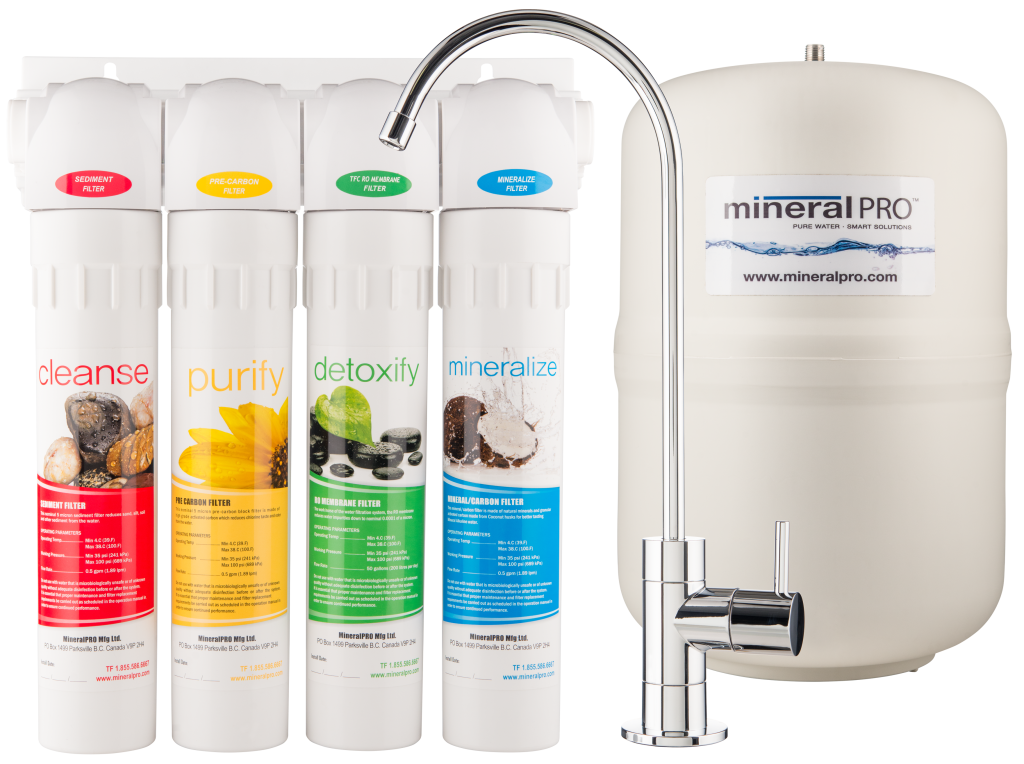The Introduction
According to among the FDA’s Inspector’s Technical Guides (ITG), the concept used in reverse osmosis systems has been around for over a century. After 1960 a newly established membrane allowed its application to industrial purposes such as treatment of waste water, desalination, minerals recovery and filtration of water.
About The Process
As a reverse osmosis system operates at a relatively low temperature level and is reasonably energy effective, the engineers quickly adopted these principles in the development of various items to market this innovation as water purification to commercial, commercial and customer markets. Reverse osmosis systems have actually recently been used in processing water for dialysis in hospitals, cosmetics and drugs, in addition to water for injection and preparation of parenteral solutions.
A reverse osmosis system utilizes a procedure by which a membrane under pressure separates reasonably pure water from less pure water. Because 2 aqueous options of various concentrations, when separated by a semi-permeable membrane, travel through the membrane in the direction of the more focused service as a result of osmotic pressure. when enough counter pressure is applied to the focused option to get rid of the osmotic pressure, the flow of water is reversed.
Water molecules which fit into the membrane matrix by forming hydrogen bonds in the membrane can be pushed through under pressure. The majority of the organic compounds with molecular weights over 100 are sieved out, consisting of oils, pyrogens and bacteria and viruses.
About The Membrane
Most membranes in commercially manufactured reverse osmosis systems are made from cellulose acetate, polyamide or polysulfonate skins of roughly 0.25 microns, supporting a general layer 100 microns thick. This barrier enables water to go through using either spiral wound or hollow fiber constructs. These membrane modules are constructed into a pressure real estate called permeators.
About The Permeator
Normally reverse osmosis systems with a cellulose acetate membrane operate between 55 F and 86 F. (13 C – 30 C). In many reverse osmosis systems water is passed through a prefilter and the pH need to be adjusted prior to it is presented into the membrane modules under pressure. The resulting water is then positioned in a storage tank where the concentrate is drained pipes.
A normal reverse osmosis system moves the feed water through several pretreatments before presenting it into the permeator. These pretreatments may consist of triggered charcoal filters, chlorinator and retention tanks, sand beds, anthracite filters, degasifiers, microfilters, neutralizers, and deionizers. All of these ‘pretreatments are offered relying on the condition of the feed water and the designated quality of the last water product.
Feed water conditions can differ so pretreatment should be supplied to ensure the dissolved solids and the level of bacteria in the feed water, after the prefiltration methods are used, are within acceptable limitations to attain high-quality purification.
Among the biggest problems in continuous operations of reverse osmosis systems is fouling by a steady build-up of turned down item on the feed side of the membrane. To reduce this accumulation, a flush cycle has to be applied. Spiral wound constructions are less most likely to have this issue than hollow fibre units.
A reverse osmosis system membrane of these types, generally needs changing every 2 to 3 years.
About The Quality of Reverse Osmosis System Water
Reverse osmosis systems produce water with a relatively close relationship between the percentage of dissolved solids in the feed water which in the ended up item. So if the feed water consists of 400 ppm of total dissolved solids, at a 95% to 90% rejection ratio, the cleansed water can be anticipated to retain a 20 to 40 ppm residue of liquefied solids.


